fact

Images of Work
Six days before the Passover festival in Bethany, the sisters Martha and Mary gave a dinner in honour of Jesus who (the gospels tell us) had raised their brother from the dead. Martha worked in the kitchen while Mary sat herself down at the feet of their guest, to listen to his words. Overwhelmed by the many tasks to be done, Martha asked her sister to come and help her. “Martha, Martha,” said Jesus. “You fret and fuss about many things, but only one thing is necessary. The part Mary has chosen is the best, and it will not be taken from her.”

Identity Crises
Several years ago Ian McKay, a Queen’s University history professor, published a book called The Quest of the Folk: Antimodernism and Cultural Selection in Twentieth-Century Nova Scotia (McGill-Queen’s University Press) in which he argued that the image many of us have of Nova Scotia as a tartan-wearing, bagpipe-squealing mini-Scotland is pretty much a fabrication.

Letter from Nepal
At first the blackouts in Kathmandu are limited to six hours a week, so in my area we do without lights on Saturday and Sunday evenings. It’s not difficult—candles at dinner, quite charming at first—but then we jump to fifteen hours a week without power, then to thirty-six hours, all within ten days. The govern

Re-hanging the National Wallpaper
When I lived in Ottawa in the 1970s, I used to enjoy passing lazy afternoons at the National Gallery looking at the pictures. I remember how surprised I was when I first encountered the Group of Seven collection. These paintings were completely familiar—I’d seen them in schoolbooks and on calendars, posters, t-shirts, everywhere—yet at the same time they were completely unexpected.
.svg)
Death So Noble: Memory, Meaning, and the First World War
Only now, eighty years after the war, are we given the explanation of that process of transformation, in the pages of Death So Noble: Memory, Meaning, and the First World War, by Jonathan F. Vance (UBC Press). Vance tells the story of a tiny country
















.svg)















































.jpg)
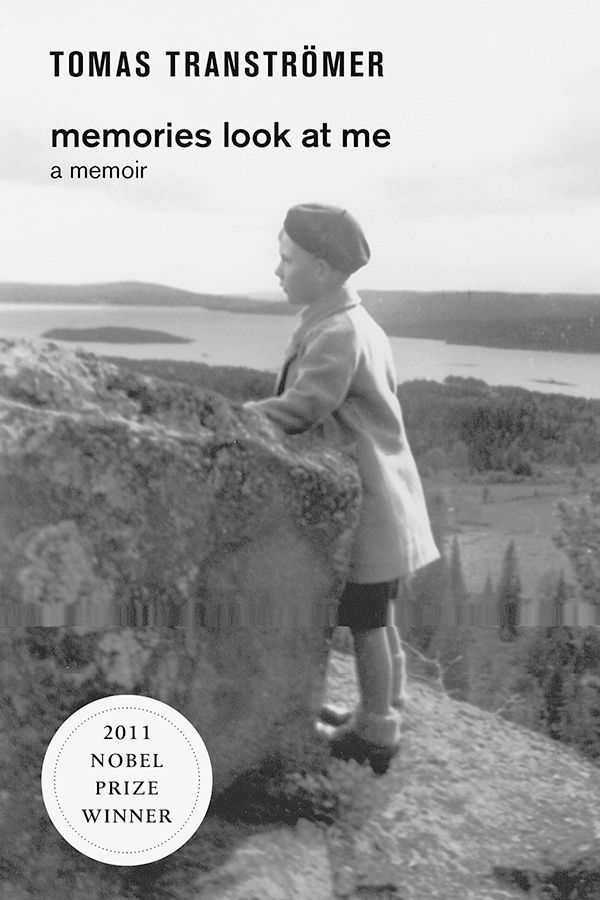
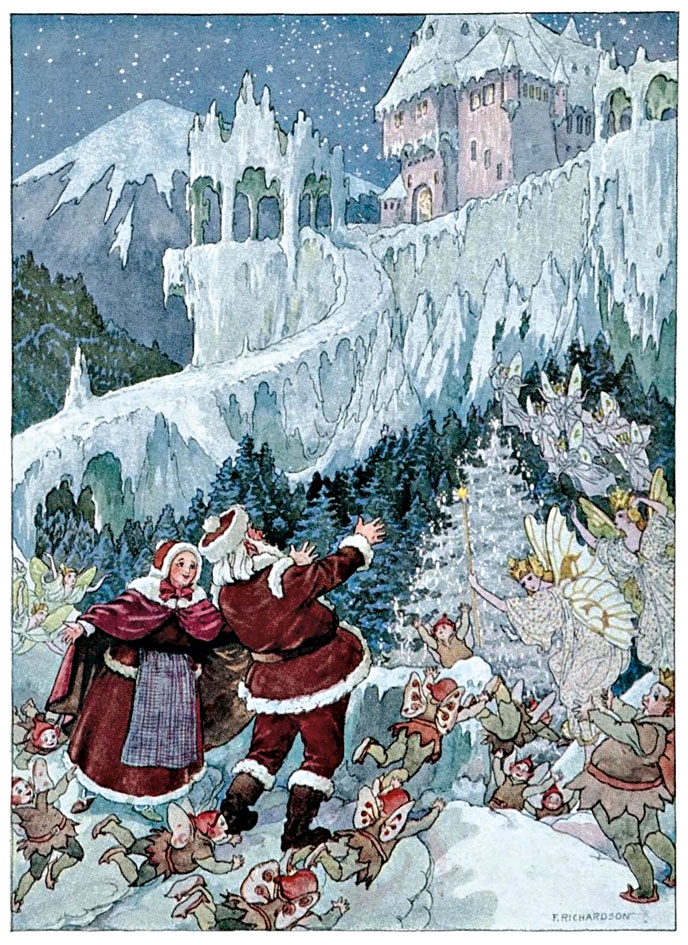
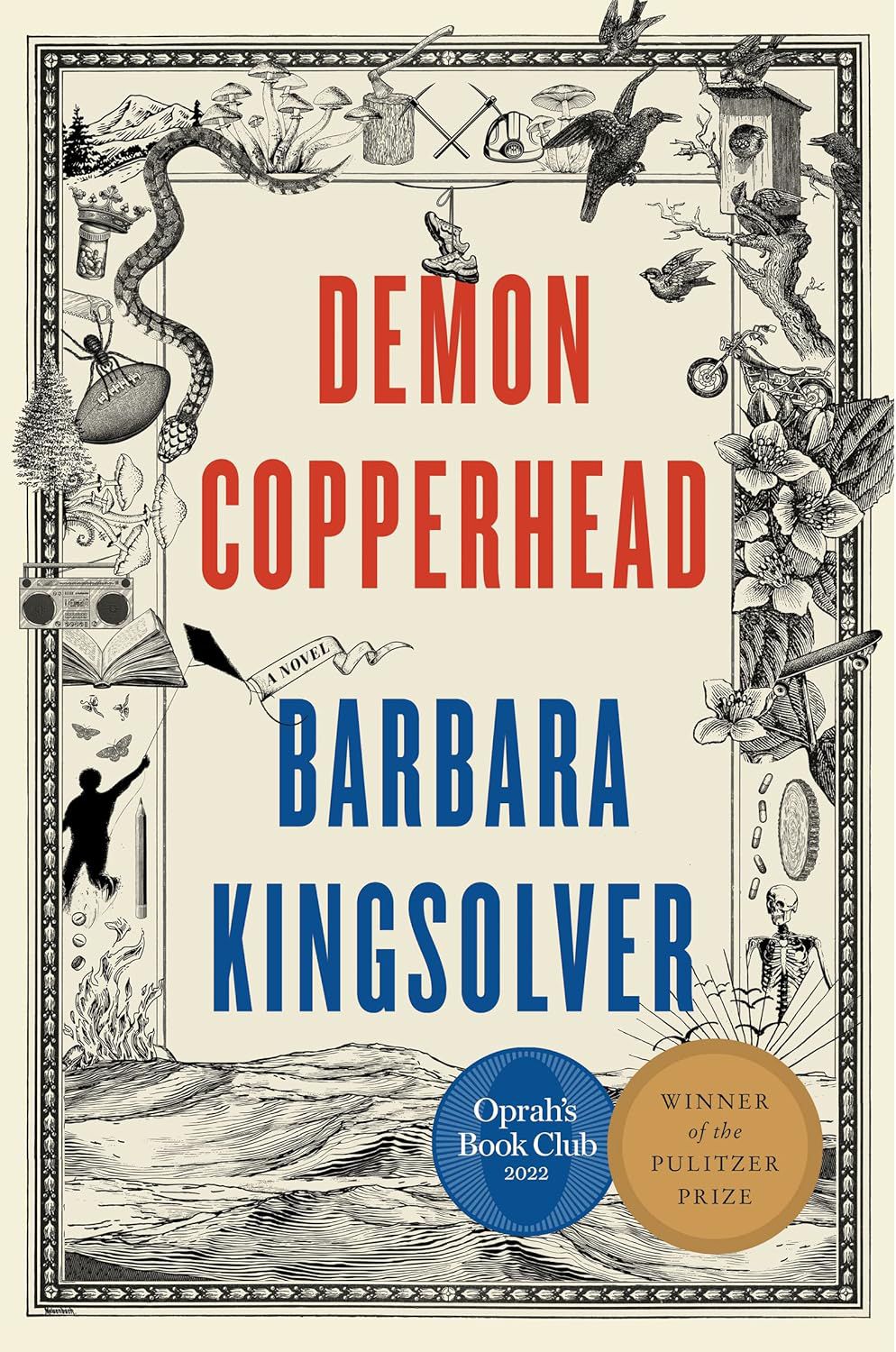



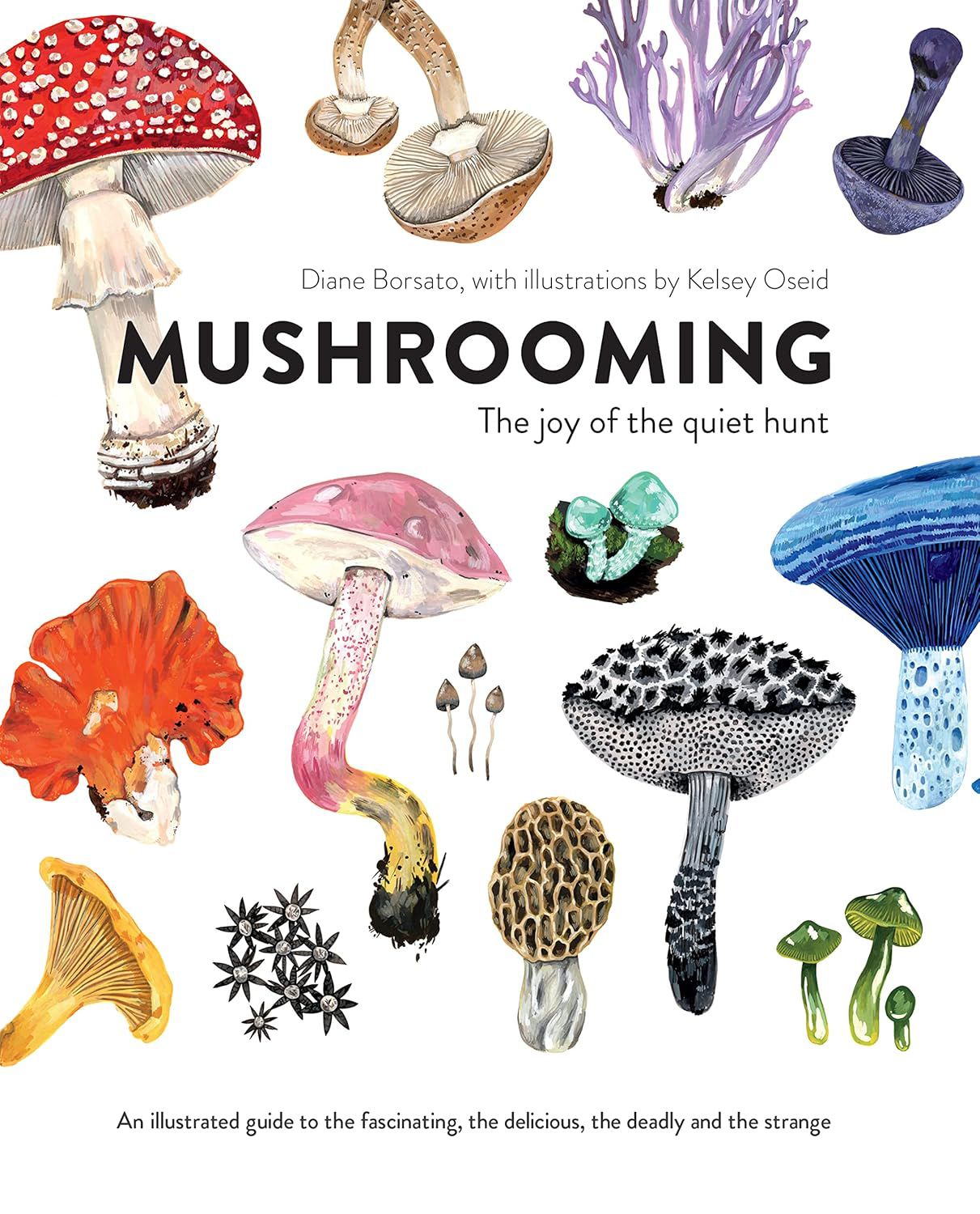

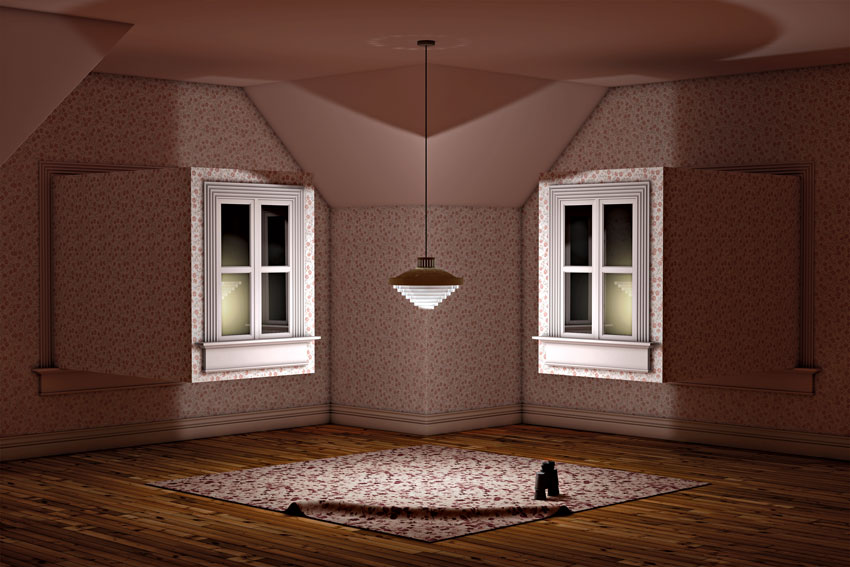
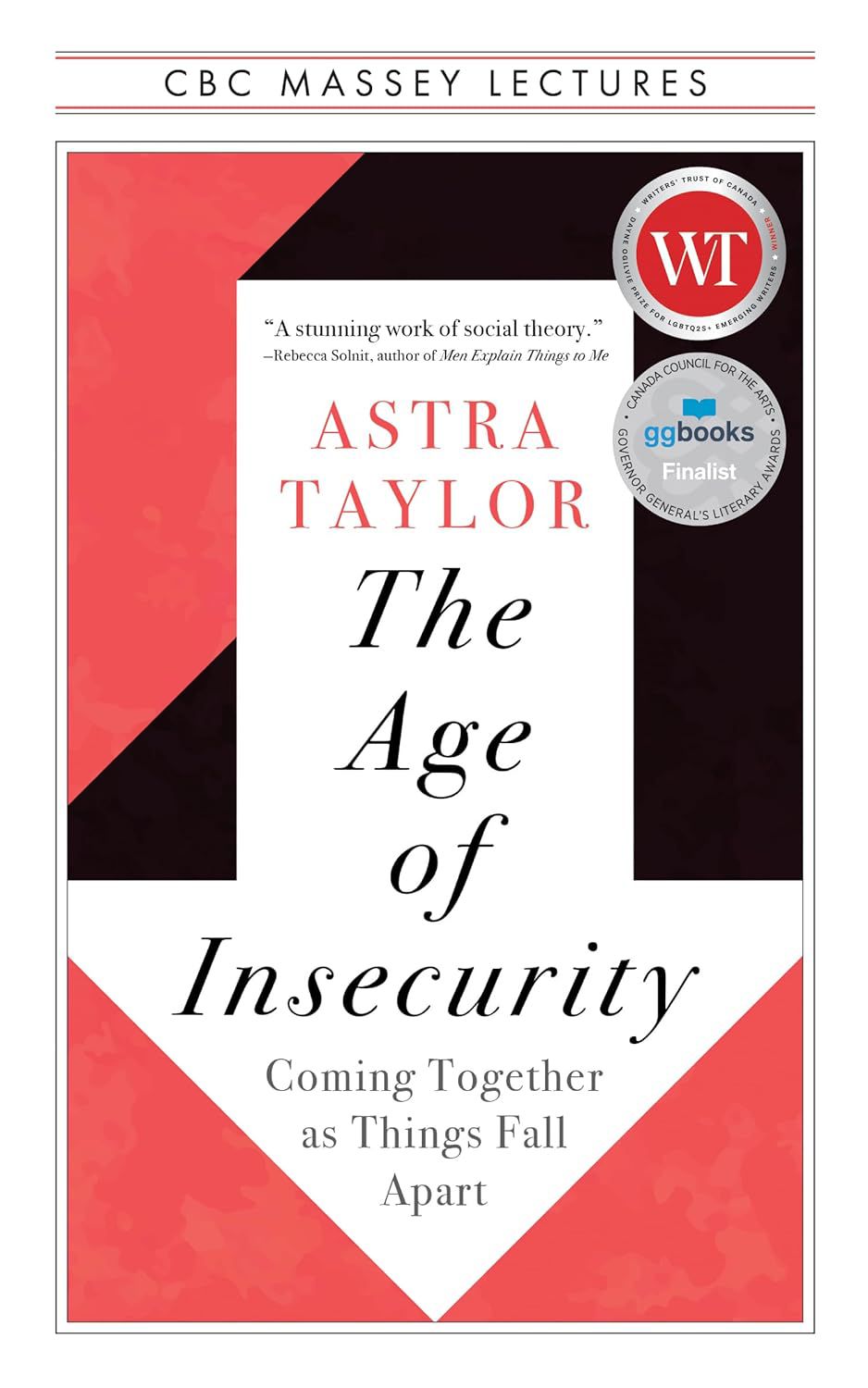
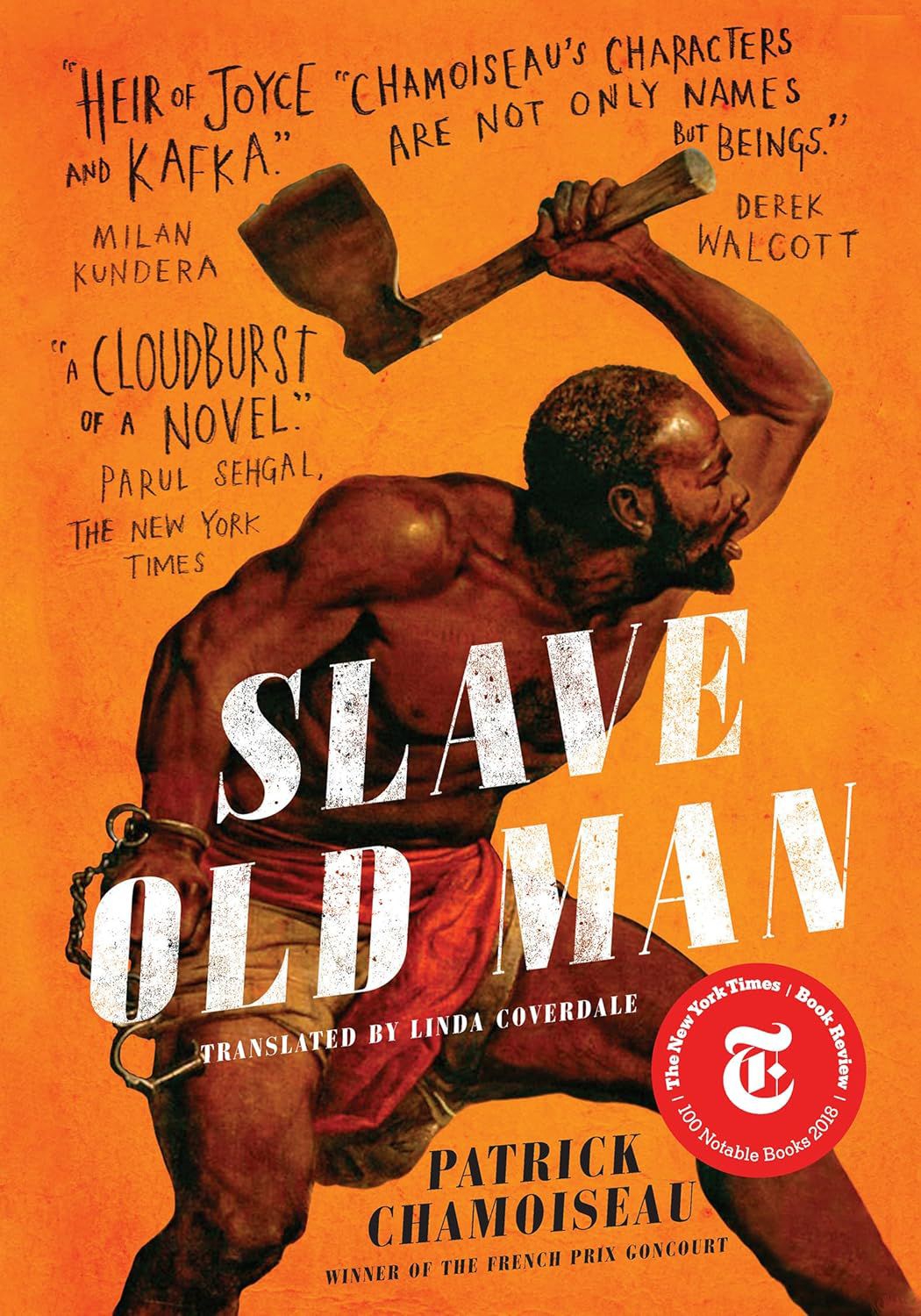

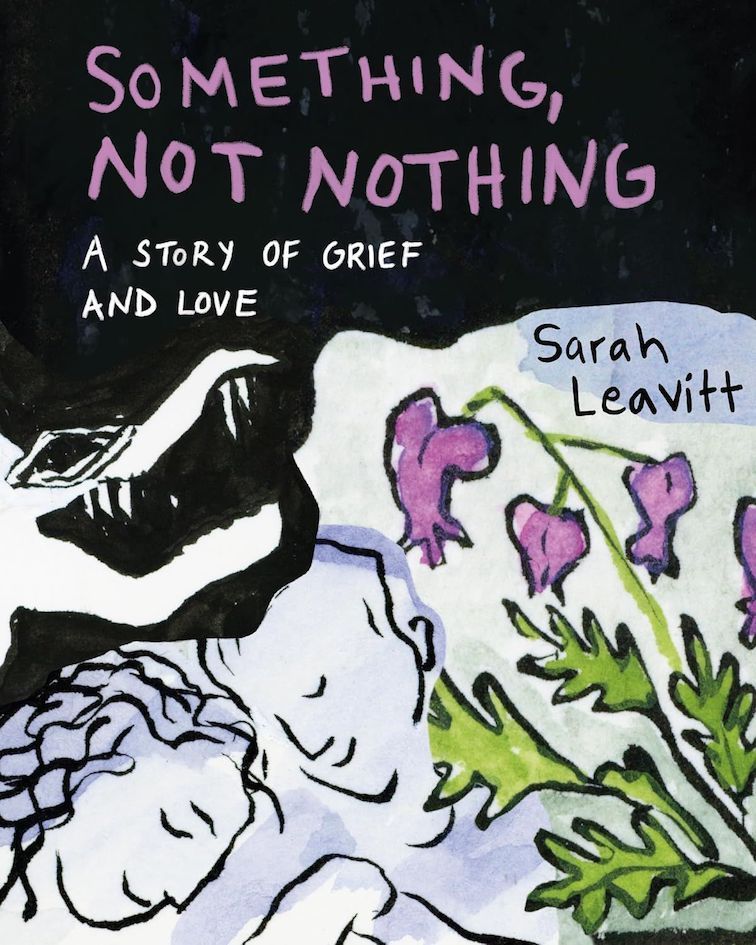
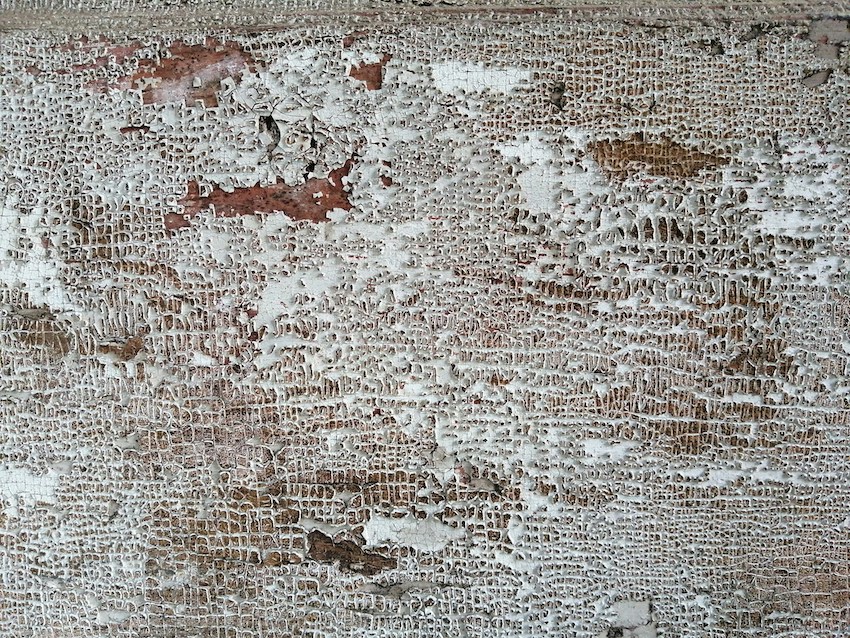








.jpg)